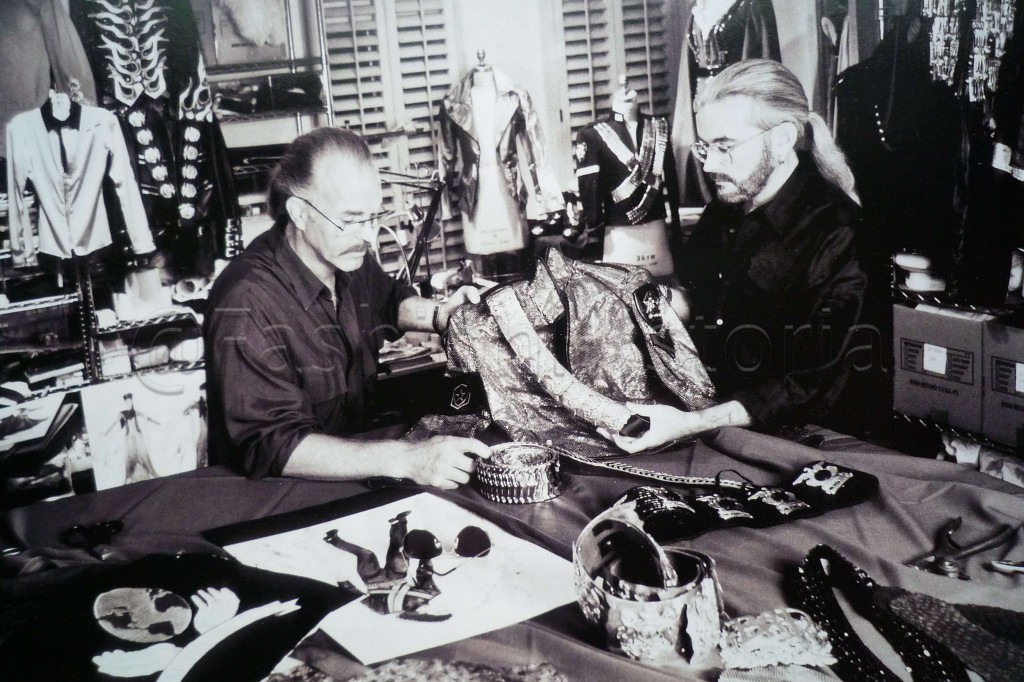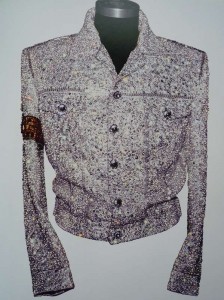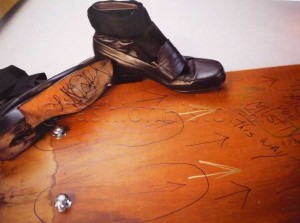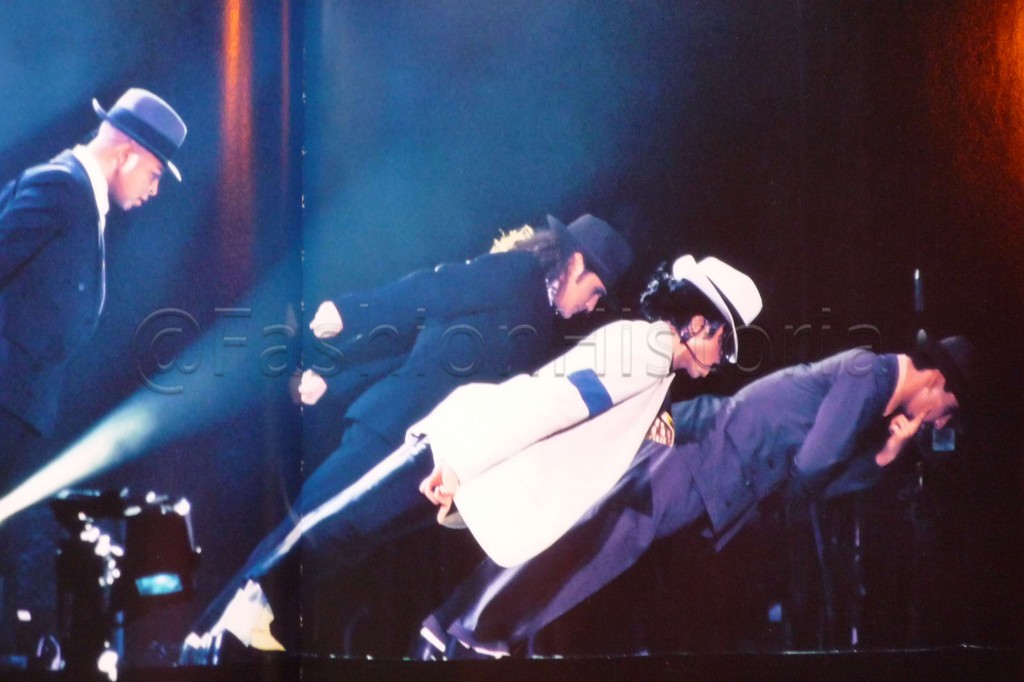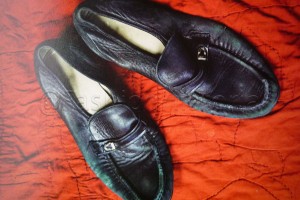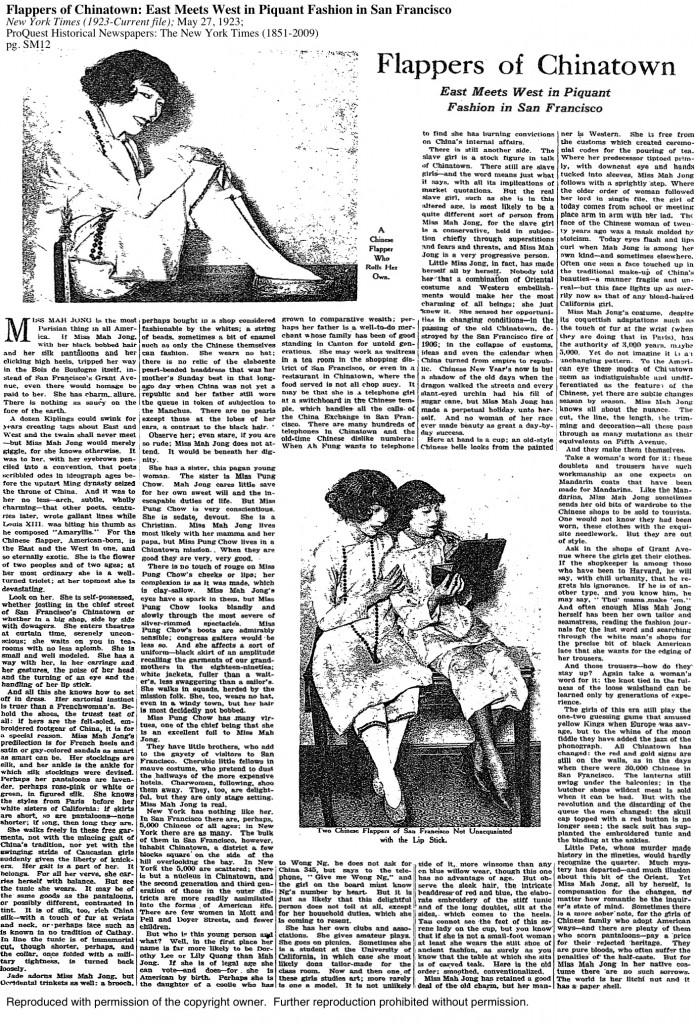Earlier this month I had the rare pleasure of taking a Costume Society of America (CSA) Western Region tour of Resplendent Dress from Southeastern Europe: A History in Layers, the current exhibition on at UCLA’s Fowler Museum, with one of the world’s foremost historians on the earliest known clothing. Dr. Elizabeth Barber is an expert in archaeology and textiles who has been become well known for her research on 20,000-year-old clothing, archaeological finds, and historical connections, since earning her PhD from Yale in 1968.
Only twenty CSA Western Region members and guests would fit on this exclusive tour, and it was a pleasure not to be missed! We not only learned a tremendous amount about the early history of clothing in Southeastern Europe (everything from Albania to Croatia to Romania and all points in between) – but we learned how the forms and symbols connected through history.
 The exhibition, tour and talk were not only informative but also beautiful. The garments on display were the best of the Fowler’s collection of folk wear from the 20th century, beautifully dressed, displayed, and organized. The detail in the handwork in each and every piece was breathtaking, awe-inspiring, and taken in all at once is mind-boggling. I could have stared at each piece for a lot longer just to look at the details. One of the best parts of the exhibition is the attention to detail: Many of the mannequins have complete ensemle -d own to the shoes and socks and up to the headdress.
The exhibition, tour and talk were not only informative but also beautiful. The garments on display were the best of the Fowler’s collection of folk wear from the 20th century, beautifully dressed, displayed, and organized. The detail in the handwork in each and every piece was breathtaking, awe-inspiring, and taken in all at once is mind-boggling. I could have stared at each piece for a lot longer just to look at the details. One of the best parts of the exhibition is the attention to detail: Many of the mannequins have complete ensemle -d own to the shoes and socks and up to the headdress.
The exhibition is up through July 14th and is breathtaking. For more on the CSA Western Region tour of the exhibition, watch for the September issue of the CSA Western Region newsletter. To be the first to know about upcoming events and tours through CSA Western Region, Join here.
Dr. Barber has also produced a wonderful book documenting her research and the exhibition (I bought my copy on the spot): Resplendent Dress from Southeastern Europe.




